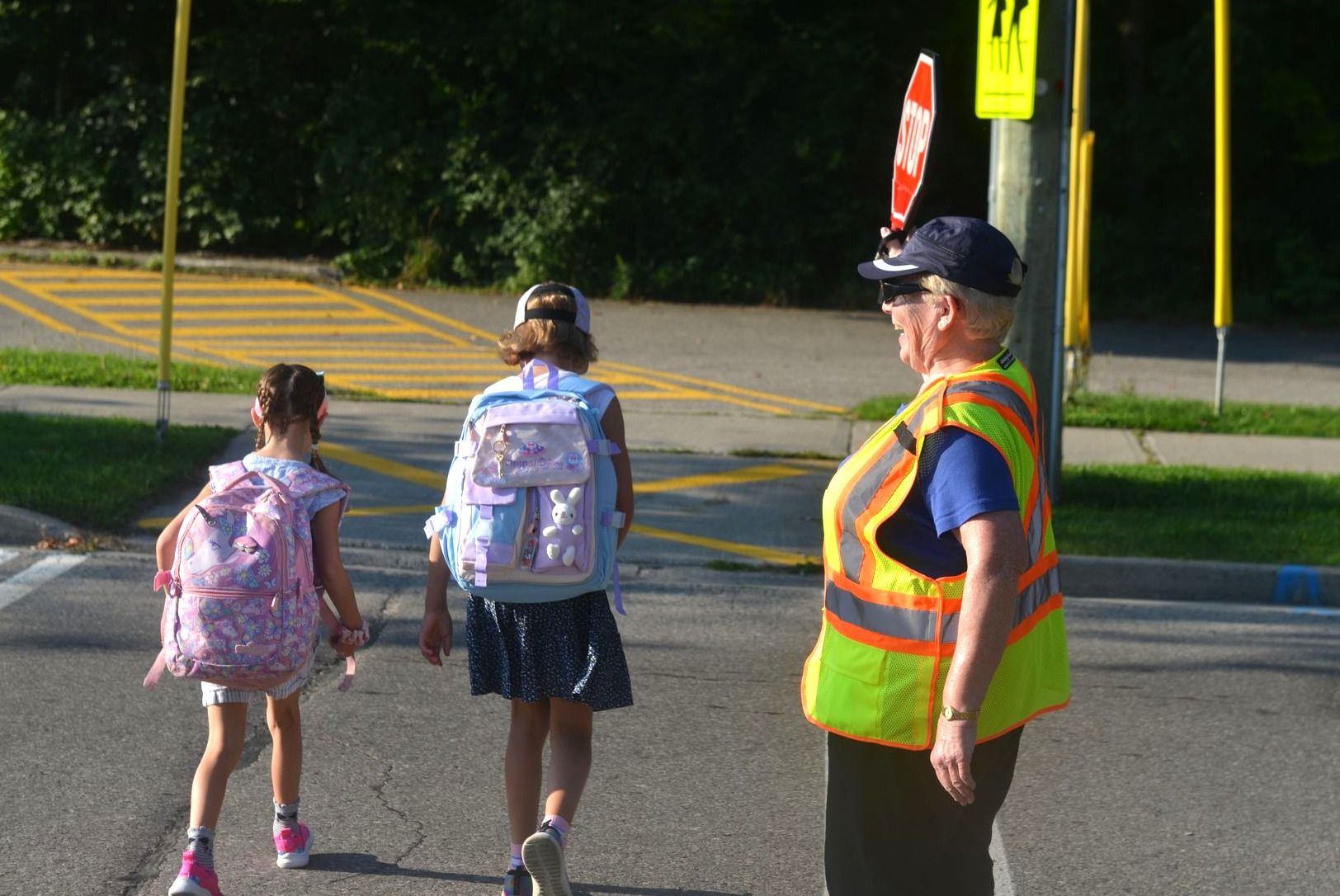As kids head back to school, a new report by Children First Canada shows a staggering 29 per cent increase in food insecurity among children in 2022 compared to 2021.
The report, based on research from the University of Calgary, the University of Toronto and McGill University, shows that some 1.8 million (one in four) children experienced food insecurity last year, an increase over the 1.4 million from the year prior.
The report also highlights an increase in child poverty rates, with 15.6 per cent of children up to the age of 17 (more than 1.1 million children across Canada) living in low-income households. That’s up from 13.5 per cent in 2020.
“Canada consistently ranks among the best countries in the world to live. Our economic opportunities, political stability, and breathtaking scenery are the envy of the world. And yet, for many Canadian children, their day-to-day reality simply doesn’t measure up,” the report states.
“When the pandemic ended, we expected life for our kids to get better. It didn’t. The research shows that children’s wellbeing has continued to deteriorate,” added Children First founder and CEO Sarah Austin.
Nutrition for Learning is a Waterloo Region-based organization that through provincial funding provides food programs to 95 per cent of schools – around 80,000 kids in the region, with about 23,000 accessing the program each day. Agency CEO Erin Moraghan is not surprised by the increase.
“We would say, based on what we’re seeing, that that is no surprise and we would suspect it’s probably even higher than that….We know that many folks have struggled to keep their businesses afloat due to the pandemic, and many families, while they outwardly haven’t maybe demonstrated a loss or a higher need in their family or change of financial situation, we know that behind closed doors, families are struggling silently,” she said.
The almost universal access of the Nutrition for Learning program is key to what they do, Moraghan said.
“We want to make sure that we’re not in a position where schools are trying to guess who needs it. It’s really about how we can make sure that fresh produce proteins and whole grains are just available to any single kiddo who just wants a little extra nourishment.”
According to Moraghan, food insecurity goes beyond having the financial means to purchase food, and Nutrition for Learning has actually seen the biggest increase of its programs among schools in more affluent and higher socioeconomic communities.
“[There are] so many different reasons why parents and teens may or may not be able to access the food in the fridge and in the cupboard. Lots of different things happen within families that make it hard for kids to have what they need,” she said.
Kelly Skinner is an associate professor at the University of Waterloo’s school of public health sciences. Skinner, whose research includes examining community-based health and social projects related to food security in northern communities, said that Canada is the only G7 country that does not have a national school food program.
“There’s a lot of piecemeal nutrition programs at schools, trying to sort of fill this gap. ... As kids go back to school, the food that fuels them to learn during the day is really important,” she said.
While there are several challenges to implementing food programs in schools, such as relying on volunteers or a lack of space or equipment, kids that are not nourished well have trouble concentrating and face behavioural problems as well, Skinner said.
“But then there’s that other side of, maybe kids aren’t getting certain quality types of food at home. School is a place where they might be able to do that, so to get maybe some fruits or vegetables that they’re not able to get at home.”
Both Moraghan and Skinner called for a national food program. While the Liberals included a pledge to spend $1 billion over five years for a program in their 2021 election platform, and a program was included in their 2022 budget, it was left out of this year’s budget.
While Moraghan said the argument against spending taxpayer money for this type of program “is a great argument,” the evidence from countries with a food program shows it would result in cost savings in other areas.
“We see the health outcomes improve when we are offering universally accessible, high-quality foods to students in schools. We know that this creates a healthier population. We know that we are adding to young people’s connection to food sources and agriculture and just the community in general as well,” she said.








